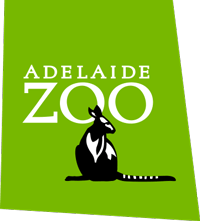They might be tiny but a very special family of Fat-tailed Dunnarts (a native marsupial) has stolen hearts at Adelaide Zoo. Keepers barely have a spare finger (let alone hand) with the record arrival of nine tiny joeys!
No bigger than a grain of rice when first born, Keeper Eli (pronounced E-lie) said this is the largest litter of native Fat-tailed Dunnarts to be born at the zoo.
“When Fat-tailed Dunnart joeys are born they are smaller than a grain of rice and they have no bones. They move into their mothers pouch and attach to a teat.
“Within 90 to 120 days they will be fully grown. It’s a very short turnaround from being smaller than a grain of rice to being a fully grown dunnart!”
Eli said the dam has her paws full with nine joeys but is very protective and the little ones are thriving.
“Right now they have just started opening their eyes and moving around. They have also started getting very curious and adventurous.”
“It’s important that organisations like Zoos SA have populations of dunnarts ex situ so when the wild population is in danger, whether as a result of predation by feral species or habitat loss, we can prevent the species from being lost.”
A key challenge in the conservation of Fat-tailed Dunnarts is their short life span, with the native marsupials only living to two years old.
“Short-lived species can be pushed to extinction very quickly,” said Eli.
Zoos SA’s successful breeding helps ensure Fat-tailed Dunnarts don’t follow the same fate as their striped tiger relative but will also aid in conservation of other dunnart species.
“This birth is really exciting because having a successful dunnart breeding program means we can use what we’ve learnt in future if an emergency intervention is needed for other dunnart species, like the Kangaroo Island Dunnart,” said Eli.
The successful breeding of this dunnart is key to theirs and other dunnarts’ survival, some of which, like the Kangaroo Island Dunnart, is classified as critically endangered.
The Kangaroo Island Dunnart was severely impacted by the 2019-20 bushfires which burnt 96% of their habitat.
“What I love about Fat-tailed Dunnarts is they are so small but so feisty and ferocious, they can take down prey that is the same size as them, like insects and rodents,” said Eli.
Australia has the worst mammal extinction rate in the world and Zoos SA is working hard to ensure our native animals survive and thrive for generations to come. Each time you visit Adelaide Zoo or Monarto Safari Park, you are supporting our vital conservation work.








